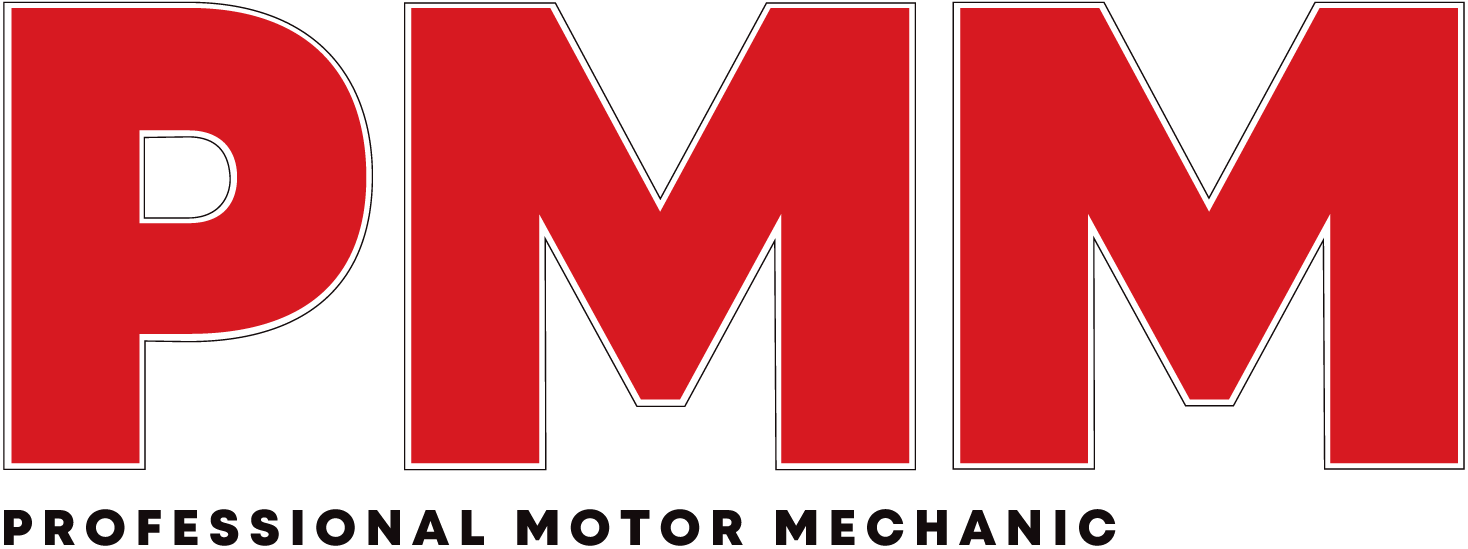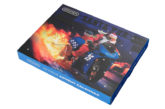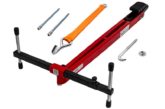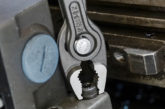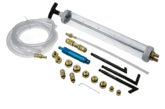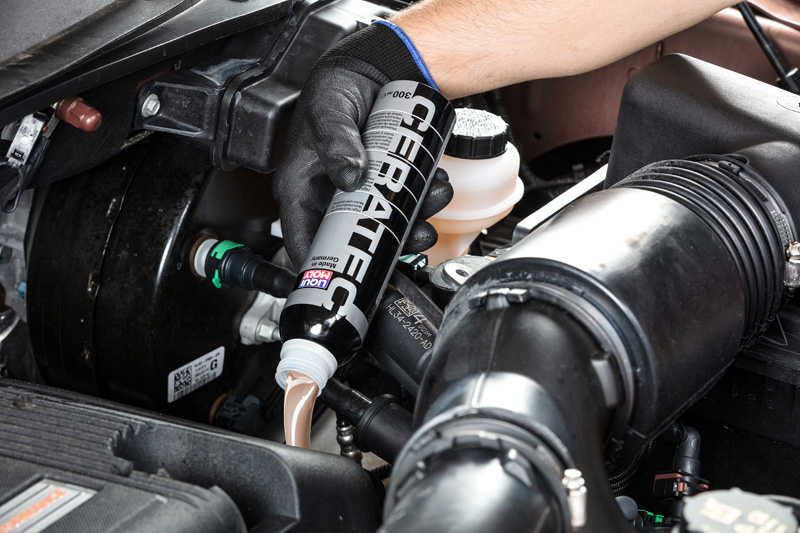
One of the most important factors when it comes to ensuring a vehicle’s engine light doesn’t come on is engine wear. Luckily, this is something workshops can help their customers avoid by using oil additives such as Liqui Moly’s Cera Tec.
Cera Tec is the optimum wear protection additive for physical and chemical protection. It is a suspension based on a micro-ceramic solid lubricant and active chemical agents in selected base oils. The highly effective wear protection additive:
- Is self-mixing and can be used with all commercially available engine and gear oils, ensures optimum protection against increased friction, prevents expensive repairs and increases the service life of the major assemblies
- Is highly stable both mechanically and thermally, which ensures excellent lubrication even under extreme conditions and increases the smooth running of the engine
- Saves energy, reduces fuel consumption and therefore also emissions
- Reacts directly with the metal surface and protects the engine for up to 50,000 kilometers
- Is suitable for all vehicles (also with turbocharger, catalytic converter or particulate filter) and with a particle size of < 0.5 micrometers absolutely filtercompatible
- Supports the running-in of new vehicles
- Is also ideal for oil-lubricated transmissions, pumps and compressors
The surfaces of metallic components always have tiny irregularities or roughness. If they rub directly against each other, this can lead to wear and damage in the long term. The chemical agent (“friction modifier”) smooths the surfaces without abrading them: The existing frictional energy results in a flowing, non-abrasive smoothing through the friction modifier. In addition, the ceramic particles with a graphite-like structure fill in the small unevenness in the metal and thus prevent the metal surfaces from rubbing directly against each other.
Tried and tested
When the vehicle is running, there is simultaneous rolling and sliding between the individual tooth flanks of the gears in the engine or transmission. Unfavourable operating conditions can cause the intermediate lubricating film of the oil, which normally protects the surfaces from wear, to fail. This leads to temporary localised welding and splitting of the flanks, so-called seizure, which damages the smooth surface of the tooth flanks. Possible consequences are poorer running smoothness up to complete failure of the gears and engine or to transmission damage.
The additive’s performance was confirmed through rigorous testing by an independent, renowned institute: Automobil-Prüftechnik- Landau GmbH, or APL for short.
Six percent Cera Tec was added to the test oil at the test bench. With each test sequence, the weight and thus the force level on the sensitive gear wheels was increased. The aim of the experiment is to reach the damage force level. This level is reached when the sum of all damage caused to the teeth of the gears is more than 20 millimetres. The test is then ended.
The reference oil reached damage force level 4. The oil mixed with Cera Tec reached as far as level 9, i.e. more than twice as much. “Cera Tec significantly increases the performance reserve, which confirms the wear protection provided by the fine ceramic particles,” is how Dipl.-Ing. Peter Kunz, who supervised the test, summarizes the results. Kunz’s initial scepticism was blown away: “I was amazed at the test results. The product made everything, but really everything, better.”
The request for APL’s expertise was itself unusual. “Liqui Moly is the first company in the aftersales market that has been prepared to carry out voluntary tests,” says Kunz who is responsible for all lubricant and fuel tests.
